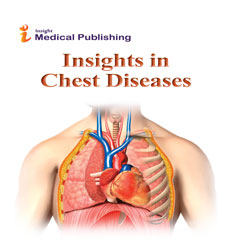An Investigation of the relationship between Antibiotic resistance pattern and class 1, 2, 3 Integrons in Acinetobacter baumannii isolated from clinical samples of ICU patients of Dr. Mohammad Kermanshahi hospital in 2019.
Shahram Bagherabadi
University of Medical Sciences, Iran.
Received Date: 2022-04-07 | Accepted Date: 2022-04-15 | Published Date: 2022-04-22Abstract
Statement of the Problem: Acinetobacter baumannii, an opportunistic pathogen with high antibiotic resistance, can cause various infections, especially among hospitalized patients in burn and surgery intensive care units. This study is to investigate the relationship between Antibiotic resistance pattern and class 1, 2 and 3 Integrons in Acinetobacter baumannii isolated from clinical samples of ICU patients of Dr. Mohammad Kermanshahi Hospital in 2019. Methodology & Theoretical Orientation: This study was done on 47 Acinetobacter baumannii isolates. Initial identification of the isolates was performed through phenotypic methods and final confirmation based on blaOXA-51 using PCR method. Antibiotic susceptibility of the isolates was determined by Disk – diffusion standard methods. The presence of class 1, 2 and 3 Integrons was investigated using PCR method. Findings: It can be seen that Cefepime showed the highest antibiotic resistance (100%) while Tigecycline (no resistance) and Colistin (8.51%) showed the lowest antibiotic resistance. The frequency of class 1(82.98%), 2(36.17%) and 3(no frequency) Integrons was determined. Conclusion & Significance: We came to this conclusion that Acinetobacter baumannii had a high level of antibiotic resistance. There was a significant relationship between the presence of class 1, 2 and 3 Integrons and antibiotic resistance of the isolates to some kinds of antibiotics.
Open Access Journals
- Aquaculture & Veterinary Science
- Chemistry & Chemical Sciences
- Clinical Sciences
- Engineering
- General Science
- Genetics & Molecular Biology
- Health Care & Nursing
- Immunology & Microbiology
- Materials Science
- Mathematics & Physics
- Medical Sciences
- Neurology & Psychiatry
- Oncology & Cancer Science
- Pharmaceutical Sciences
